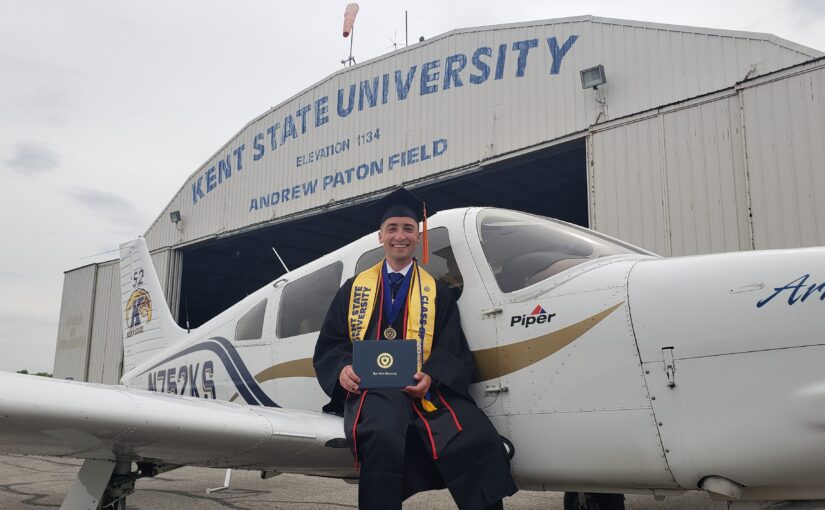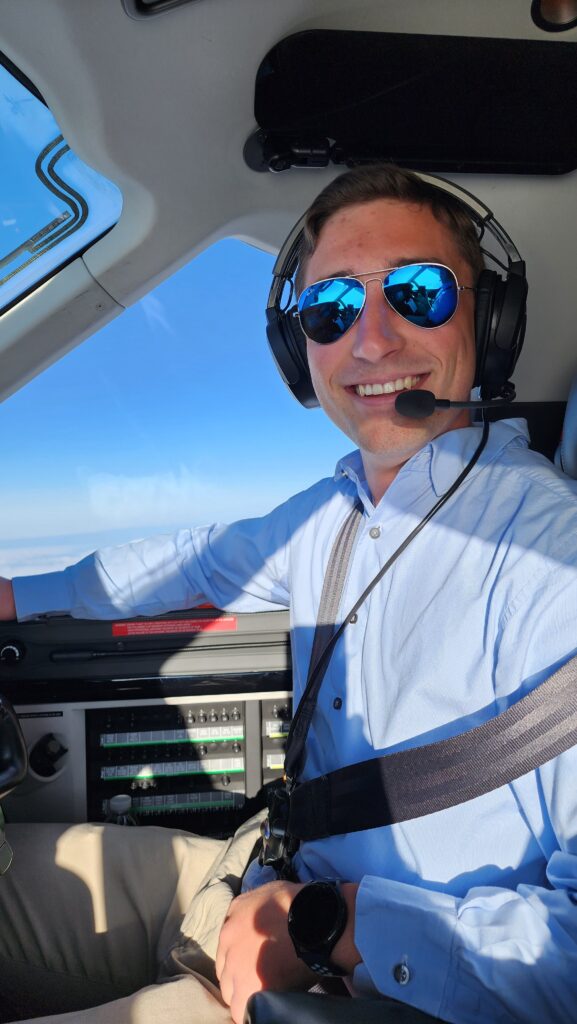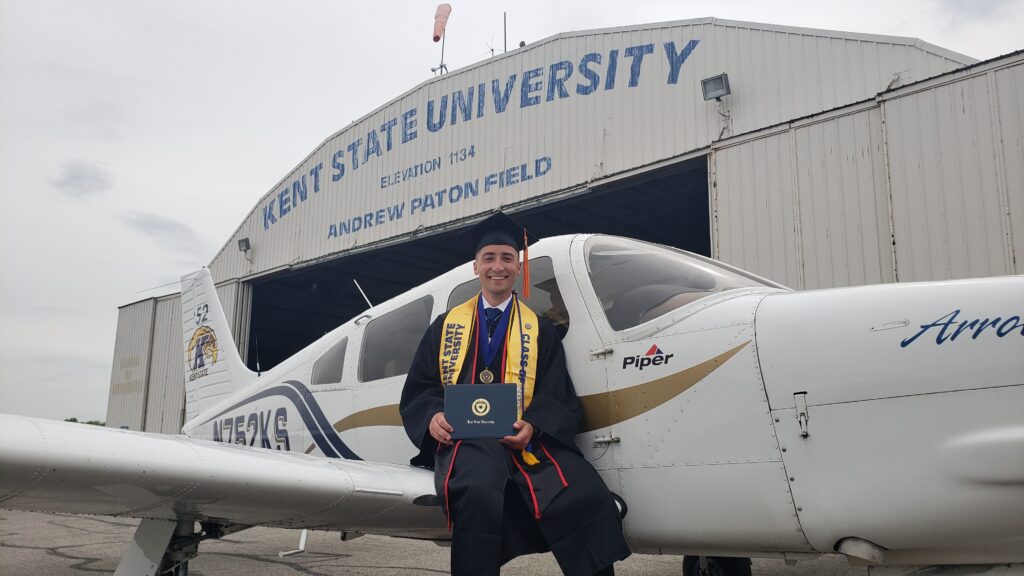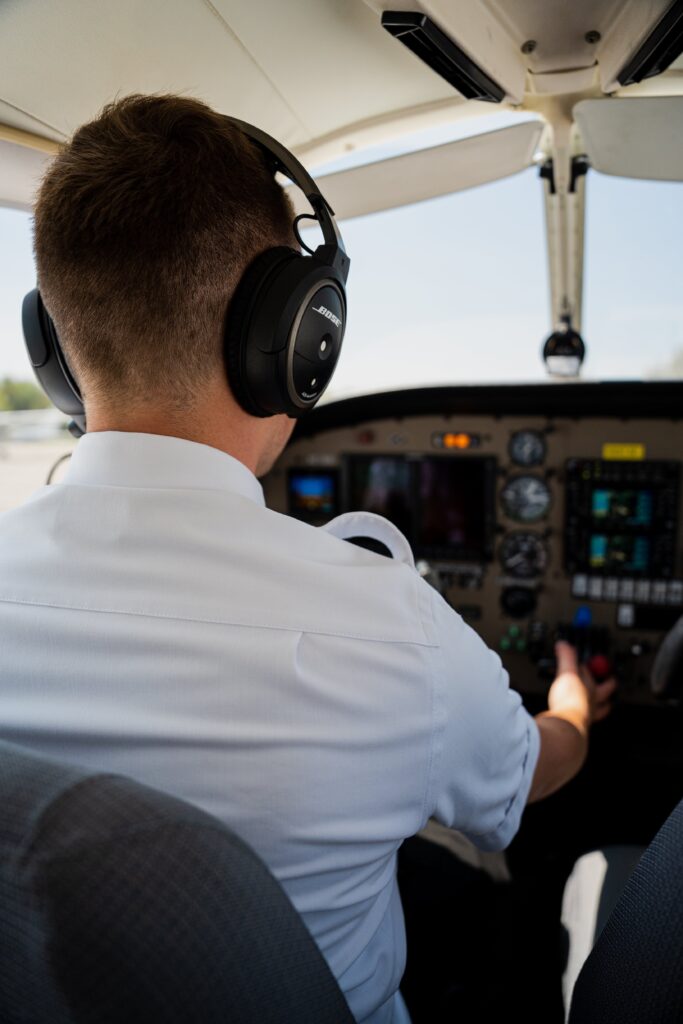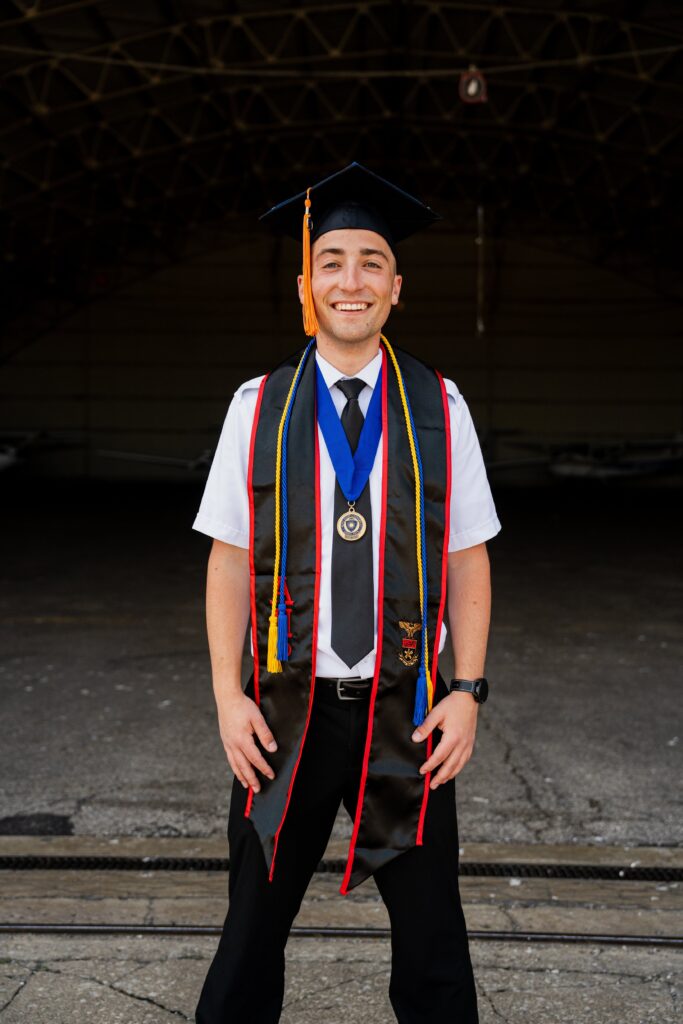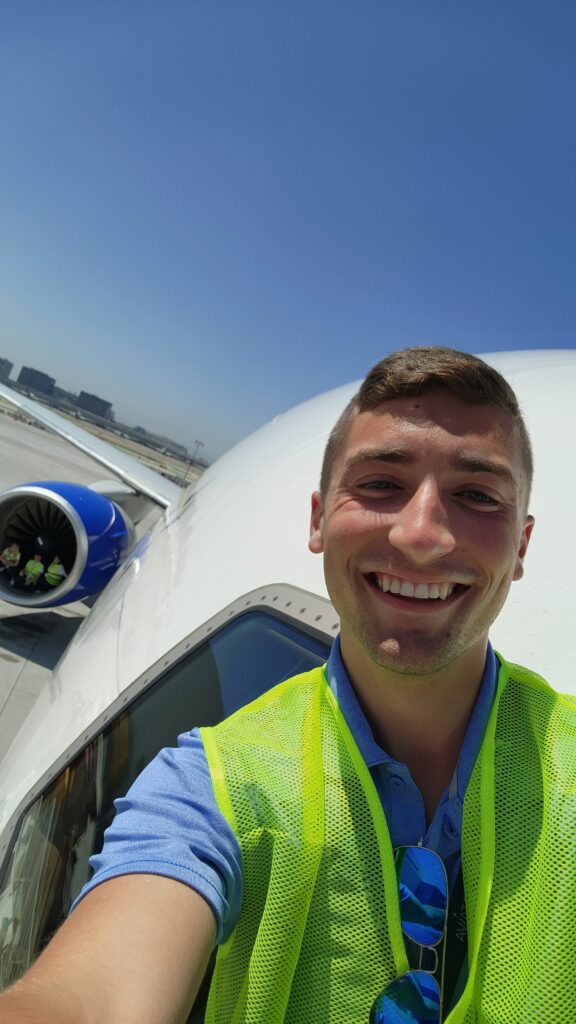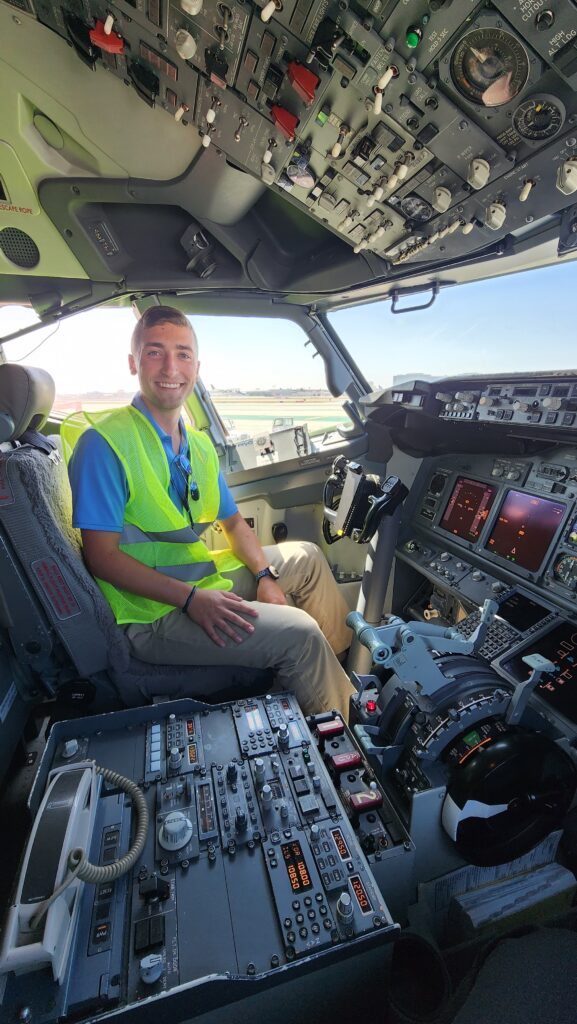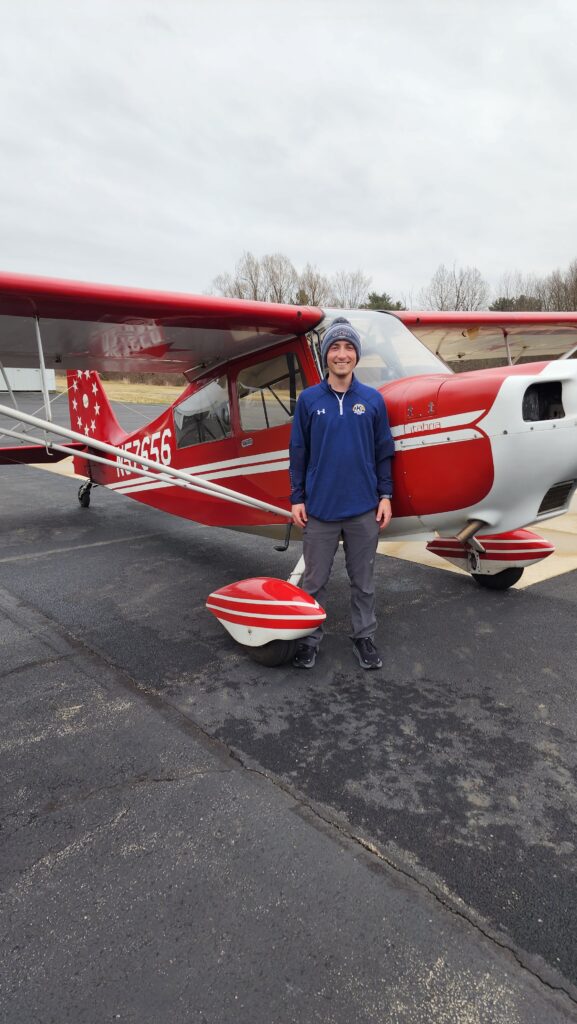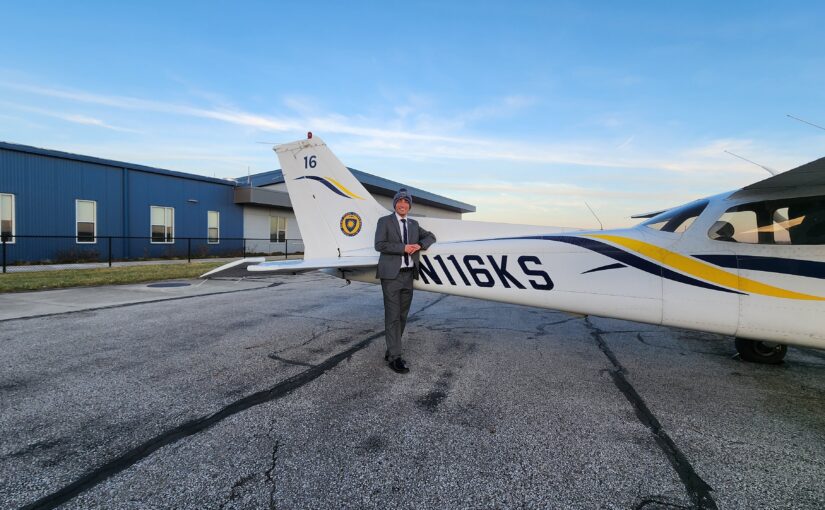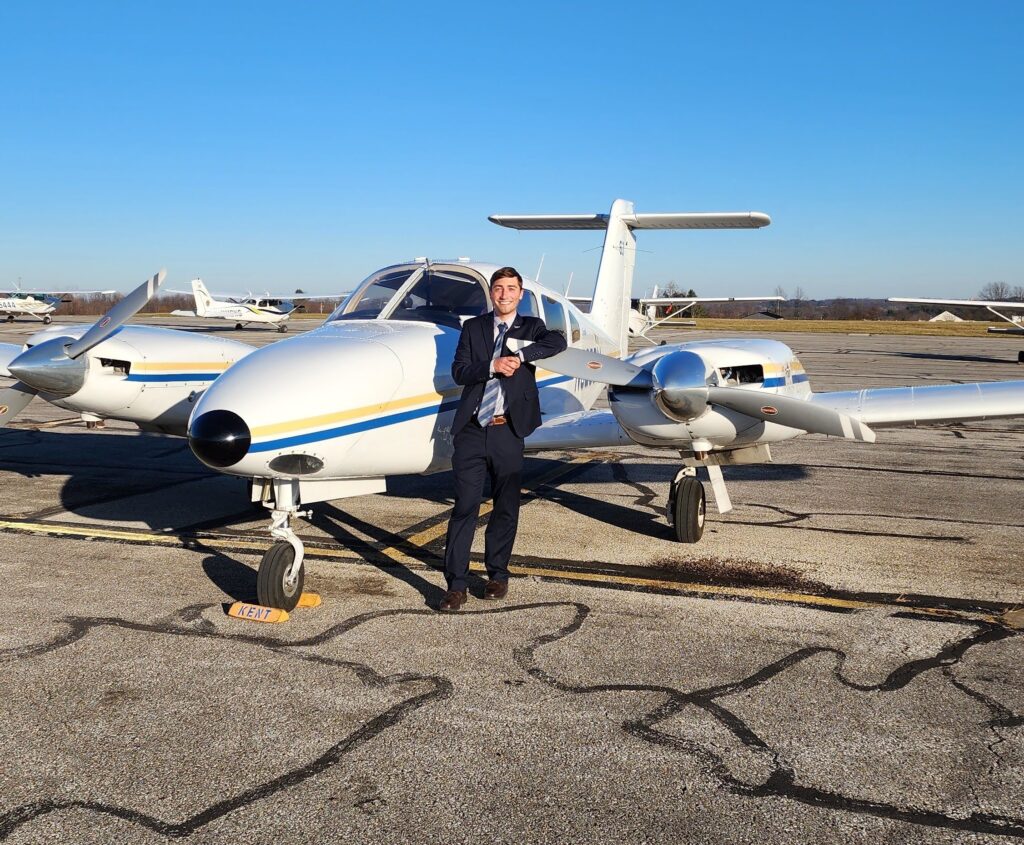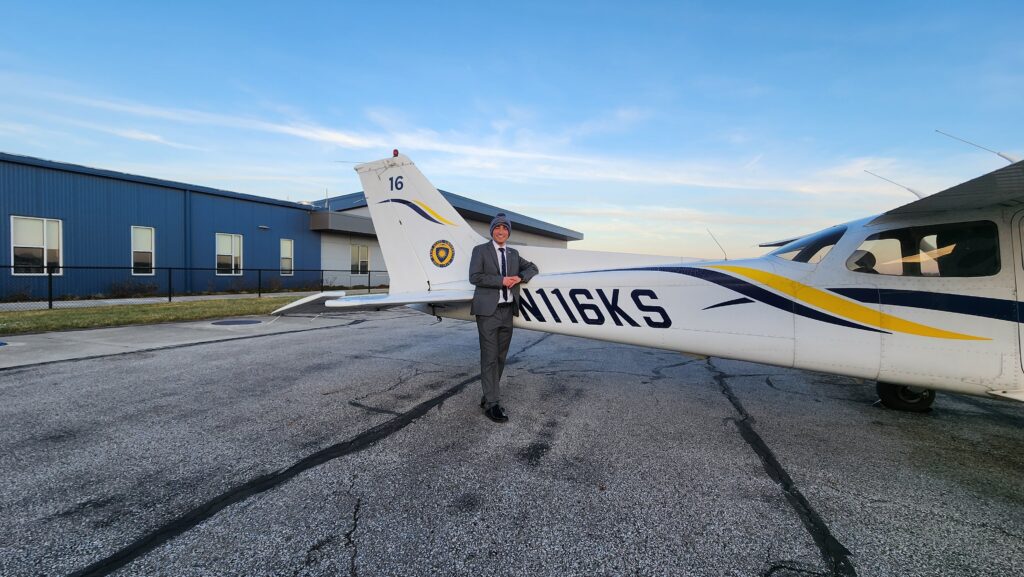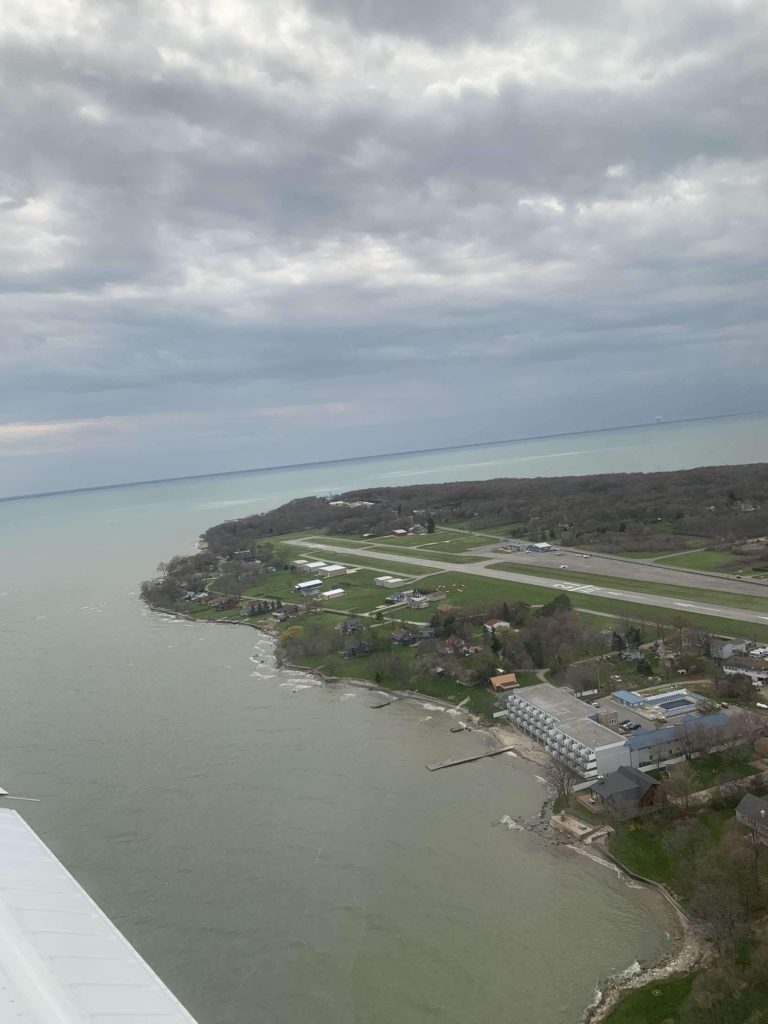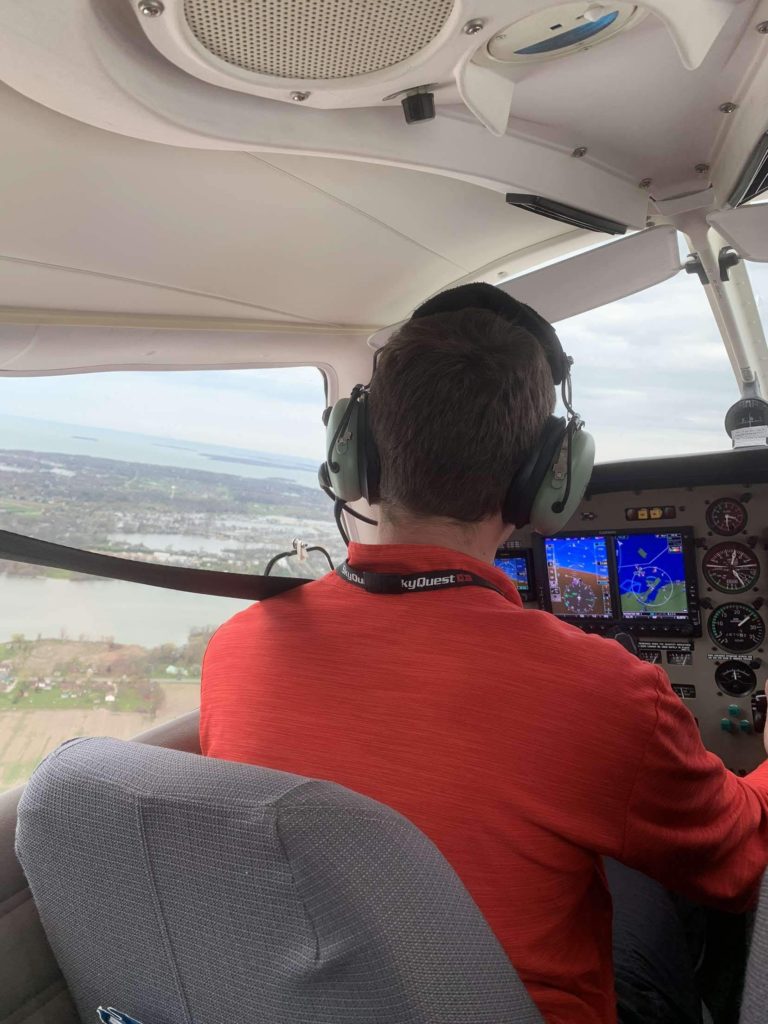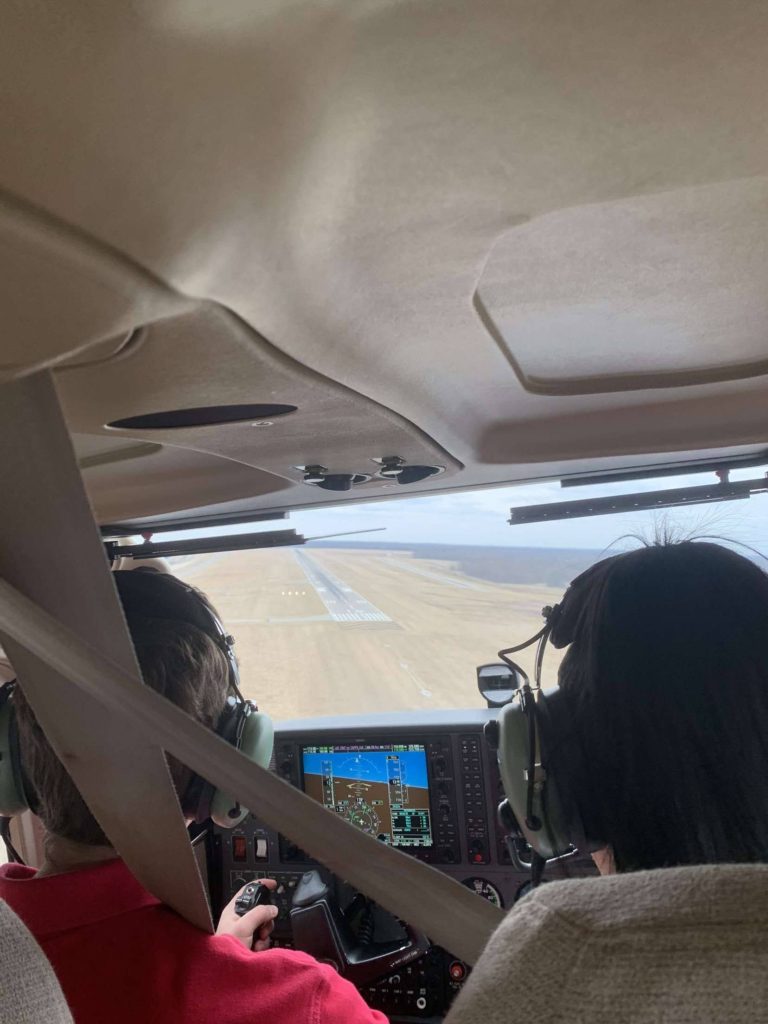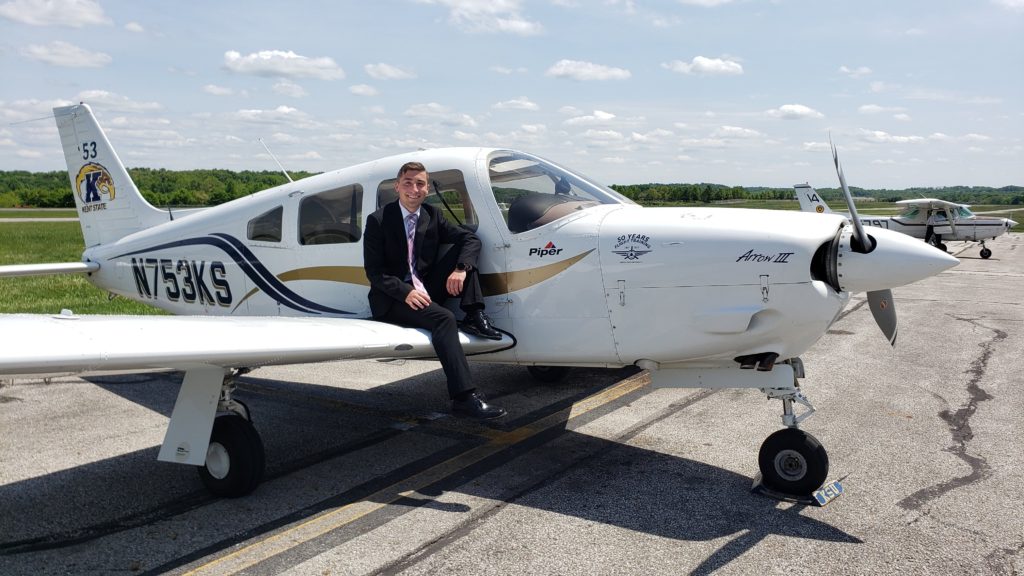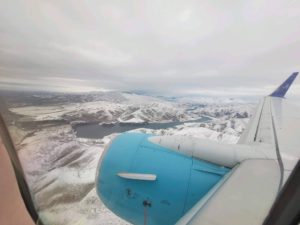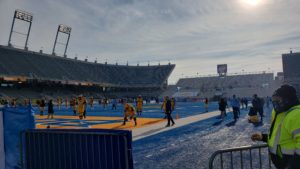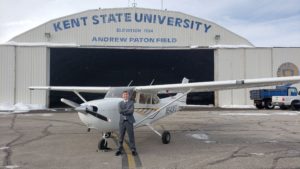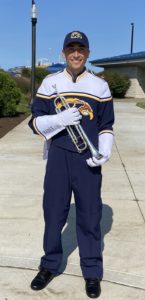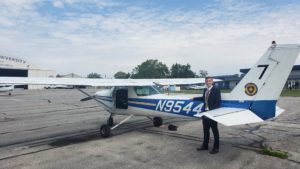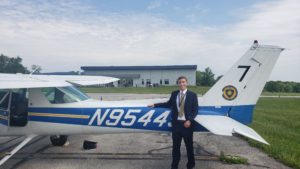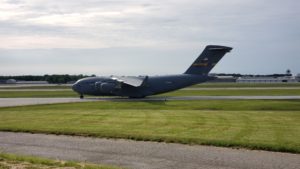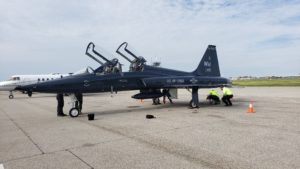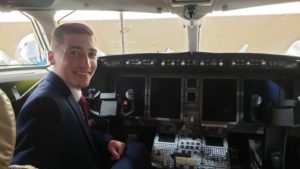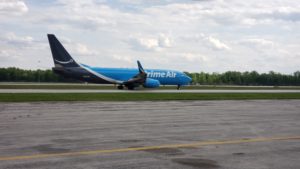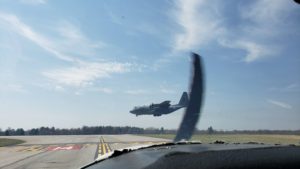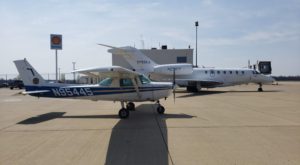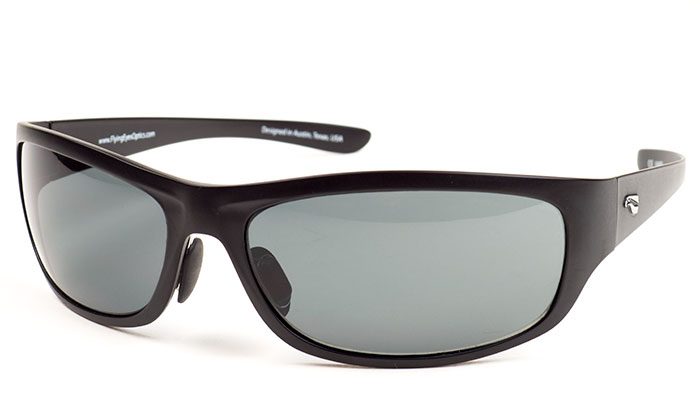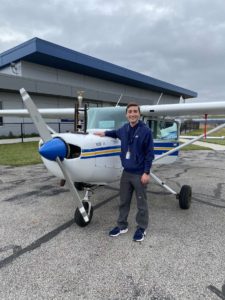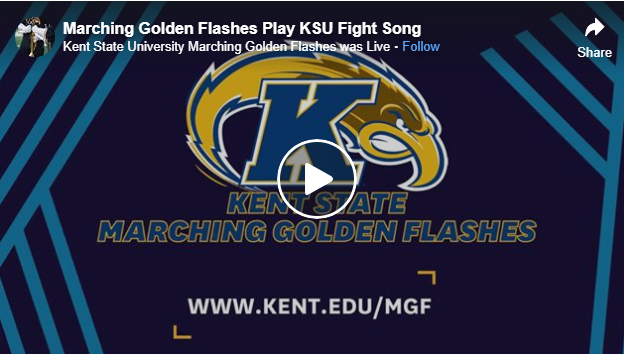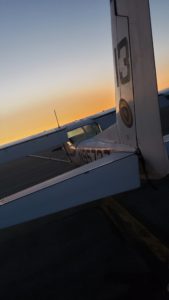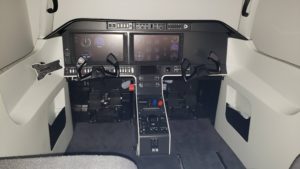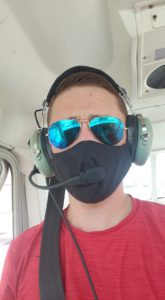Hello again everybody and welcome back to what will probably be my last blog post for a while. Before I start, I would just like to say thank you to everyone in FMA for all of the encouragement and to the board that selected me as a scholarship recipient in 2020. Since my last post, I have lots of exciting news to share, like earning my CFII, tailwheel endorsement, becoming a glider tow pilot, flying a PC-12, and graduating from college.
At the end of my last post, I mentioned that I was working on my CFII and tailwheel endorsement and I am proud to announce that I completed both of those. I completed my tailwheel endorsement on Sunday, March 12 in a Citabria at Bad Attitude located at Youngstown Elser Airport. Their tailwheel course consists of a 3 hour ground school and 5 hours of flight time with about a half an hour brief and debriefs after every flight. The first flight consisted of getting a feel for the plane by doing some maneuvers and we ended the flight by doing some low approaches to get the sight picture for landing. We spent the next 4 hours doing landings. I started out by doing 3 point landings and after doing that for about 2 hours, we started to move onto wheel landings. In order to earn my tailwheel endorsement, my instructor needed to see me perform a power-off 180, land in the touchdown zone, no-slip, wheel landing. Once I was able to do this my instructor gave me some more challenges; such as losing my engine right as I turned crosswind so we had to land opposite of the direction we took off from with a fill slip to land so that way we wouldn’t land long. Overall, receiving my tailwheel endorsement made me a much more confident and skilled pilot and has led me to opportunities I would have never imagined which I’ll touch on later in this post.
Just over a week after earning my tailwheel endorsement I earned my Certified Flight Instructor Instrument Certificate. Overall, the CFII checkride was one of the easier ones I had taken over my career. For the oral, my DPE had me plan a cross country from Kent State (1G3) to Roanoake (ROA). I really should’ve made a write-up about the oral shortly after completing the checkride because I don’t remember too much about the oral. I know I was asked about the route that I chose and why I chose it. The route was very easy to pick because a Victor airway led from the Akron VOR (ACO) all the way to ROA. We then talked about some of the M altitudes along the route (MEA, MOCA, MCA, etc). As well as some lost communication procedures as well as the approach into ROA. I know there is so much I forgot about the oral, but I think it was one of the easier ones because I had prepared so much for it, plus instrument flying is very factual which makes it very easy for me to understand. We completed the flight the day after the oral due to the high crosswinds. The following day was still windy but the crosswind component was not as high so I decided to fly. We started off by getting some really weird vectors for the LOC 25 into Akron Fulton (AKR). During this approach, I failed my PFD to demonstrate partial panel. We flew the published miss from this approach and then turned north once instructed to do so. Once clear of Akron Canton’s class C airspace, we canceled IFR and proceeded to do the rest of the checkride. I was instructed to intercept the 289 radial from the Akron VOR (ACO) and fly a 16nm DME arc. Once I had completed the arc, I let my DPE have the flight controls for unusual attitudes. After I recovered from the unusual attitudes, my DPE gave me vectors for the RNAV 19 back into Kent. During the vectors, my DPE gave me the instructions to hold at KENWU which is an unpublished hold. I then entered the instructions for the hold into the G1000 to help with situational awareness and then made my procedure turn to enter the hold. Once I was established in the procedure turn, I activated the autopilot to demonstrate the use of it. I had the autopilot fly the hold and part of the approach until I was told to look up. We landed back in Kent and I was officially a CFII! Finishing CFII marked the end of my flight training for now at Kent State. There is a chance I get my MEI certificate later this year or next spring. I have been instructing at Kent since mid-March, and my student load has been increasing steadily. But, I currently have about 100 hours of dual given which should climb rapidly now that summer weather is here, and I will be getting a full schedule once the fall semester comes.
Back in February, the Cleveland Soaring Society (CSS) sent a flyer to Kent asking for Glider tow pilots who had their tailwheel endorsement. At the time of the message, I had started my training so I reached out. I talked to the president of the CSS multiple times and I started training in their Bellanca Scout. Going from a Citabria to a Scout was a very easy change especially since they are very similar planes. I took two training flights to work on landings, and some maneuvers without a glider and I took two flights in a Glider so I have some experience as a tow pilot. After doing the two glider flights, I think I might try and earn my commercial glider certificate. After I completed all my glider flights and my training flights in the Scout, I was ready to tow gliders with an instructor. After completing multiple tows with an instructor, I was endorsed and ready to tow solo! Glider towing is a new challenge that has taught me so much about energy management and being nice and smooth on the controls. In addition, flying tailwheel is a whole other challenge that I have learned so much from.
The President of the CSS had mentioned when I met him for the first time that he flies a PC-12 single pilot occasionally. I had made a little joke saying that if he ever wanted someone else to fly with to let me know and I would be happy to tag along. Well, he actually took me up on the offer not once but three times so far! I was invited to sit right seat with him and since he’s also a flight instructor, I have been able to log the time. I now have 9.7 hours of time in the PC-12 and having the opportunity to fly this plane has helped me learn so much about high-altitude flight, pressurization systems, as well as passenger care. I’m hoping in the near future, I can find other pilots that are looking for someone else to fly with to increase my experience and give me a leg up on my resume.
The really big news for this blog post is that I graduated from college on May 12th! I graduated in 3 years with a GPA of 3.92 with Latin and academic honors. I was able to graduate in 3 years not only because I worked extremely hard, but because I transferred 47 credits from high school when I took AP and dual enrollment classes. This made it so I only had to take 1 gen ed class my whole college career and I could focus on my major-specific classes. I’m very grateful for all the opportunities I had in college like traveling to Idaho for the Potatoe Bowl with the marching band and traveling to Orlando and Dallas with Alpha Eta Rho for their national conventions. Even though the years went fast I am still very happy with how my college career went. I really enjoyed being a student at Kent and going through its flight program. I had many amazing instructors who pushed me through my courses and made me a very knowledgeable and skilled pilot.
To end the post I would like the thank all of FMAs sponsors for sending me a care package that included some new merch, an aviation mechanics handbook as well as a new pair of Bose A20s! The ANR and Bluetooth makes it perfect for cross-country flights. I think I speak for everyone in FMA by saying how much we appreciate all the sponsors for everything they give to this amazing association. This will probably be my last blog post for a while as the new scholarship recipients start their flight training journeys over the next few years. Thank you everyone for all of the support over the last 3 years and I hope you have enjoyed reading my blog posts and updates from my flight training.
Flight Time Breakdown:
| AMEL: | 14.2 |
| ASEL: | 398.8 |
| Glider: | 0.6 |
| Solo Time: | 77.8 |
| Complex: | 46.1 |
| Complex – PIC: | 17.1 |
| High Performance: | 9.7 |
| Tailwheel: | 24.6 |
| Tailwheel – PIC: | 19.6 |
| TAA (Technically Advanced Airplane): | 123.8 |
| TAA (Technically Advanced Airplane) – PIC: | 114.1 |
| Turbine: | 9.7 |
| Cross Country: | 108.4 |
| Night: | 36.2 |
| IMC: | 12.1 |
| Simulated Instrument: | 46.2 |
| Dual Received: | 226.8 |
| Instructor: | 97.4 |
| PIC: | 326.1 |
| Flights: | 314 |
| Total Time: | 413.6 |
-Jacob Burdette

